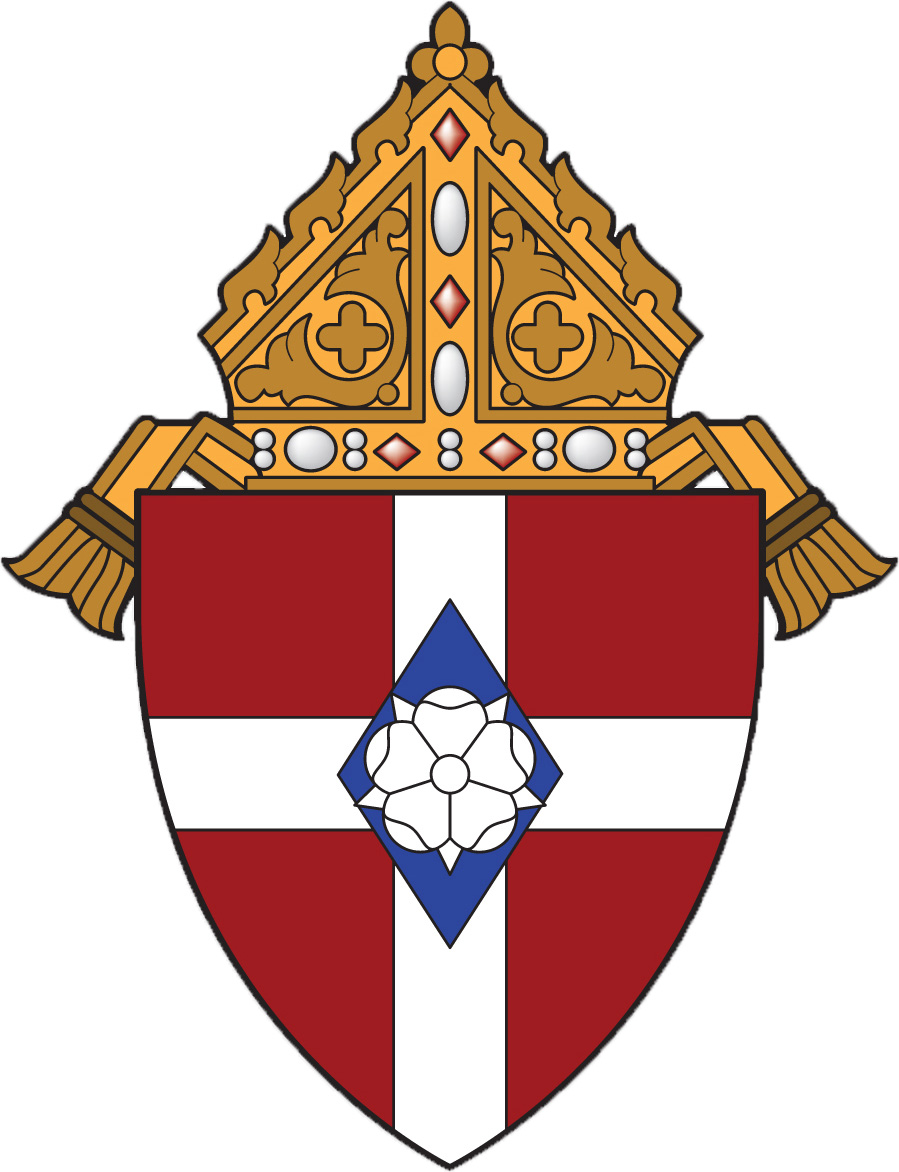- Home
- About
- Bishop Barron
- Offices
- Catholic Cemeteries
- Catholic Charities
- Catholic Foundation
- Catholic Schools
- Chancellor and Archives
- Communications
- Diaconate
- Divine Worship
- Finance
- Hispanic Ministries
- Human Resources
- Lay Formation and RCIA
- Life, Marriage & Family
- Missionary Discipleship
- Pastoral Planning
- Religious Immigration
- Safe Environment
- Social Justice
- SPOF
- The Courier
- Tribunal
- Vicar General
- Vocations
- Young Adult Ministry
- Youth Ministry and Faith Formation
- Directories
Diocese of Winona-Rochester Overview

The Diocese of Winona-Rochester was established on November 26, 1889 when Pope Leo XIII issued the apostolic constitution which erected the diocese, and set its geographical boundaries. The diocese encompasses the 20 southernmost counties of the state of Minnesota and measures 12,282 square miles of some of the Lord's most beautiful country--bordered by the Mississippi River to the east and the Dakotas to the west. The diocese includes Blue Earth, Cottonwood, Dodge, Faribault, Fillmore, Freeborn, Houston, Jackson, Martin, Mower, Murray, Nobles, Olmsted, Pipestone, Rock, Steele, Wabasha, Waseca, Watonwan, and Winona Counties.
The diocese is home to 107 parishes, four high schools, 30 junior high, elementary or preschools, and Immaculate Heart of Mary Seminary in Winona.
The bishops who have served the Diocese of Winona-Rochester are:
- Bishop Joseph B. Cotter (1889-1909)
- Bishop Patrick R. Heffron (1910-1927)
- Bishop Francis M. Kelly (1928-1949)
- Bishop Leo Binz (coadjutor bishop 1942-1949)
- Bishop Edward A. Fitzgerald (1949-1969)
- Bishop George H. Speltz (auxiliary bishop 1963-1966)
- Bishop Loras J. Watters (1969-1986)
- Bishop John G. Vlazny (1987-1997)
- Bishop Bernard J. Harrington (1999-2009)
- Bishop John M. Quinn (2009-2022)
- Bishop Robert E. Barron (2022 - Present)

Coat of Arms
The coat-of-arms of the See of Winona-Rochester were apparently created for the episcopal arms of Bishop Patrick Heffron, and were first recorded by Pierre de Chaignon la Rose of Cambridge, Mass., in the American Ecclesiastical Review, vol. 56:1 (June 1917), p. 622-623, as above. The heraldic blazon reads: Gules, on a cross argent a lozenge azure charged with a rose of the second.
The Indian name Winona has been translated 'fairest daughter of the tribe.' To the Catholic this description is at once fulfilled by Our Lady, and her fairest symbol, the rose, has been used on a 'lozenge' (the diamond-shaped panel on which, instead of a shield, are shown the arms of virgins and widows) to indicate heraldically the name of the See, the lozenge being displayed on the Cross as a support.

